LED lamp sockets: types, markings, technical parameters + how to choose the right one
The socket is the part of the lamp that connects it to the socket. The products ensure a tight fit of the contacts through which the lamp receives power.All existing cartridges are divided into categories and can only work in tandem with a lamp that has a suitable base.
Therefore, when choosing a lighting device, first of all, pay attention to this parameter. We suggest you understand what types of LED lamp bases there are, what are the specifics of using various devices, and how to choose the appropriate option.
The content of the article:
Types of LED lamp bases
One of the criteria by which they distinguish LED bulbs, is a type of base. All of them can be divided into two volumetric categories - threaded and contact. There are many types within the groups, but among them there are five most popular.
E27. Used for all standard lamps, and for those where the luminous flux exceeds 1200 Lm, only this type is used. Usually, E27 lamps operate in alternating current conditions and at a voltage of 220 V.
E14. Suitable for all types of standard lamps, but with miniature sizes. Lamps with E14, which are also called “minion”, have interesting shapes: candle, mushroom, ball.
GU10. Has a two-pin connector, swivel mount. They are used for ceiling lighting fixtures in the form of LED lamps with standard size MR16.
The light source placed in the cartridge is held in place by a special lock, which is why they are in demand in places where vibration or other external influences are observed.
GU5/3. Used in luminaires with lamps powered by LEDs, reflector type MR16 for decorative lighting. They are powered by both 220 and 12V mains.
G13. Used for tube-shaped lamps T-8 and T-10. They are installed in ceiling panels, which are most often found in office spaces for targeted lighting of work areas.
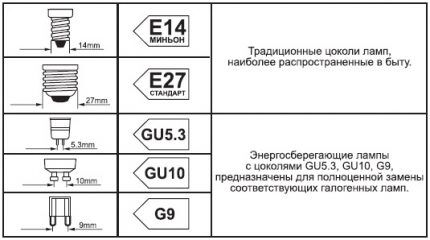
The first two types are threaded. To connect a product with such a base and a socket, it is screwed in like a simple incandescent lamp.
The remaining three types are contact or pin. These sockets are equipped with pin-shaped terminals located on the edge of the lamp.
Less popular threaded sockets are E10, used in lamps that illuminate the interior of refrigerators, and E42 - for street lamps.
LED luminaires, widely used by designers, are equipped with adapter elements G4, GU4, G9.
Characteristics of threaded holders
Threaded products are the most popular options for plinths. They equip floor lamps, table lamps, lamps, and lanterns. In sconces, small table lamps, hanging lamps and chandeliers they are more often used E14 lamp.
LED lamps with such an adapter are gradually replacing incandescent lamps and “housekeepers” from household use.
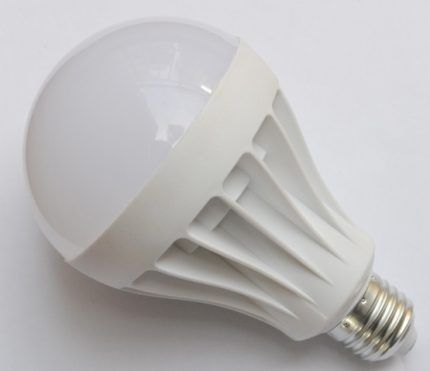
For high power luminaires the most suitable are E40 bases. They are used in industrial workshops and in street lighting.
There are also less popular types of threaded bases:
- E10, E12, E17 — small with diameters of 10, 12 and 17 mm, respectively;
- E5 — microscopic with a diameter of 5 mm;
- E26 - average.
The threaded base is attached to the flask using an adhesive connection. If you need to replace the lamp, you need to do it carefully, otherwise the base may break off. If this does happen, you need to turn off the power to the lighting fixture.
The next thing to do is to carefully unscrew the damaged base using pliers. It is better to avoid such situations when replacing the lamp, it is recommended to rub the thread with graphite.
Features GU10, GU5/3, G13 and G23
GU10. In LED lamps, the GU10 holder is designed non-standardly. At the ends of the contacts it has extensions that firmly hold the lighting element in the socket.
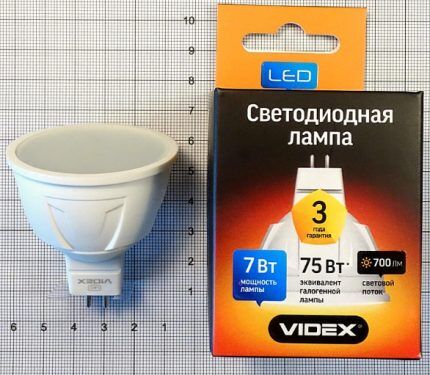
An LED light source with this base, along with the same parameters as its halogen counterpart, has a number of advantages.
It has more intense light, a significantly longer service life, and minimal energy consumption. The main advantage is that it practically does not heat up.
Devices with a GU10 socket are powered from a 110-220 V network. Typically, lamps with such a holder are equipped with a reflector to give the light a certain direction.
A limited number of manufacturers produce low-voltage lighting elements. This is explained by the narrow scope of demand - a purely local lighting system.
Designers use them for interior lighting.They are ideal for splot lighting fixtures.
GU5/3. The GU5/3 ceramic base contains wires enclosed in a protective sheath. Imported products are operated at a voltage of 12/24 V.
But in Russia, lamps with such a base, adapted to the usual 220 V, are more common. They are connected to the network via terminal blocks, which is more reliable.
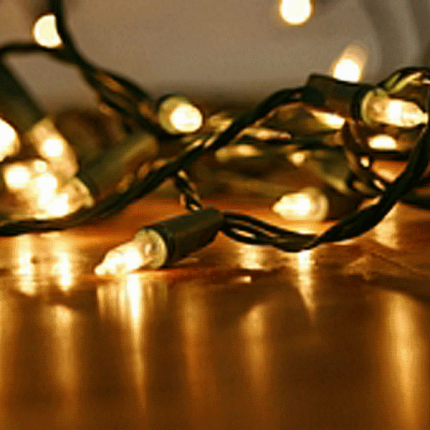
LED G4 lamps often used to replace low-voltage halogen lamps in chandeliers.
The contacts are spaced 5.33mm apart. Fluorescent lamps using GU5/3 are an analogue of multifaceted halogen reflectors and are energy saving.
G13 and G23. They are installed not only in T8 LED lamps, but also in lighting fixtures such as Armstrong, LSP, and others. The distance between the contacts is 1.3 cm.
G23 are for "U" shaped lamps. A starter is included in its design. Starting is carried out using a choke, usually located in the luminaire body. The power of such devices ranges from 5 to 14 W; they are screwed mainly into table lamps.
Pin bayonet socket
There are special pins on the body of this connecting device. With their help, the base is connected to the cartridge. When developing the product, a specific goal was set - to make the lighting fixture more compact in shape and reduce the time needed to replace light bulbs.
Round side pins (2 pcs.) are located symmetrically on the base. They are secured in the slots of the cartridge intended for this purpose, and then turned ¼ turn for better fixation.
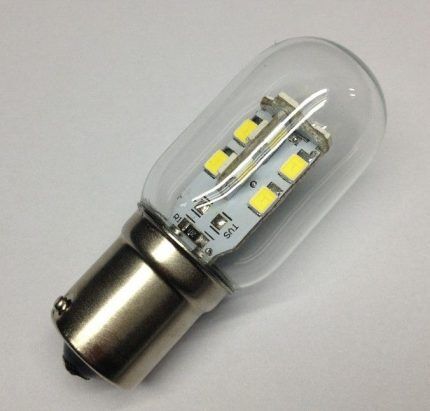
One type of pin product is the BA base with asymmetrical side contacts. It is used in cars. The unique design allows the lamp to be inserted into the socket in a special way and focus the luminous flux of the headlights.
In some countries, mainly English-speaking, pin connectors are designated BC, short for Bayonet Cap, in Europe - B22d, in Russia - 2Ш22.
The analogue of the European B15d is the domestic 2Ш15 and in English - SBC, the full name is Small Bayonet Cap. MBC/MBB corresponds to Russian 1Ш9 and European Ba9s.
Rarely seen holders
Some types of these integral elements of a lighting fixture are quite rare. These also include devices with recessed contacts.
Characteristics of rare types of base
With recessed contact. Belonging to this species is indicated by the presence of the symbol “R” in the marking. They are used in lamps of small dimensions and light weight.
Soffit "S". There are options for placement on one side of the tubular lamp, or on both. Such sockets are appropriate in lamps used as mirror illumination, in bathrooms, as well as in car showrooms.
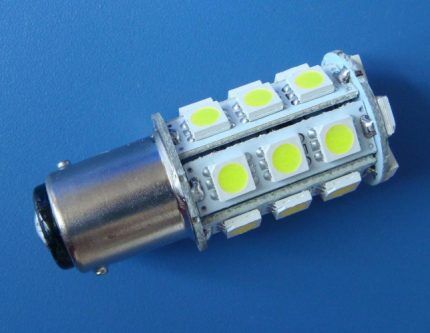
Fixing "P". In film projectors, lanterns, and searchlights, the “P” base is used - a fixing one. In terms of design, it resembles a soffit one. The difference is in the presence of an additional scattering platform.
The direction of the required light flux is determined by the prefabricated lens.The design is used for film projectors, spotlights, and flashlights.
Telephone "T". This type is used in lamps used as backlighting, in remote controls, and in dashboards in cars.
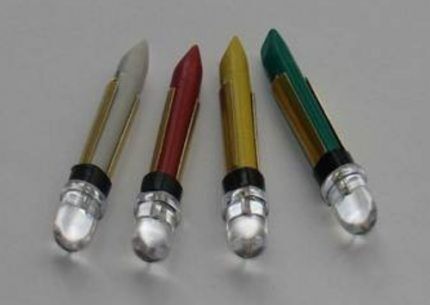
In the European Union, KM light bulbs with smaller sizes are used. They are marked according to the base 6 T4.5; T4.6; T5.5.
Glass and cable variations
Among the wide variety of LED lamps, there are also those that are called baseless. This element is there, but it is glass, like the lighting fixture itself.
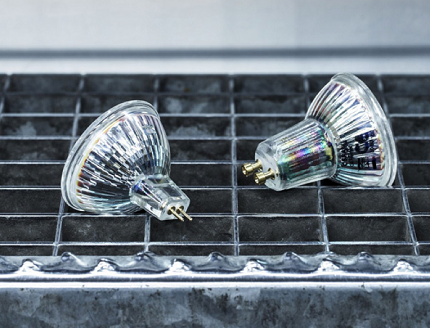
On its basis there are current conclusions. Through them, the glass base comes into contact with the cartridge. The numbers present in the markings indicate the thickness of the glass part. They are followed by an “x” and the width of the base.
Cable sockets (K) are also not very common. Their area of application is projector lamps.
How to decipher the marking?
The designation of these products includes several symbols in the form of letters and numbers. The latter talk about the distance between the contacts or the diameter of the connecting part.
The symbols indicating that the base belongs to a certain type are deciphered as follows:
- "E" - Edison base, i.e. threaded;
- "G" - pin;
- "R" — equipped with a recessed contact;
- "R" — focusing base, allowing you to position the lamp in the desired position;
- "IN" - bayonet or pin;
- "F" - has one pin;
- A — the pin has the shape of a cylinder;
- b — equipped with a corrugated contact;
- With - indicates the original shape of the pin;
- "S" - soffit.
The number of contacts denotes a specific symbol: one contact - s (single), d - pair (duo), t (tres), q (quatro), p (penta) - three, four and five contacts at the end, respectively.
Specifications are designated by the letters U, V, A. The first is energy-saving lamps, the second is a device with a conical end, the third is automobile lamps.
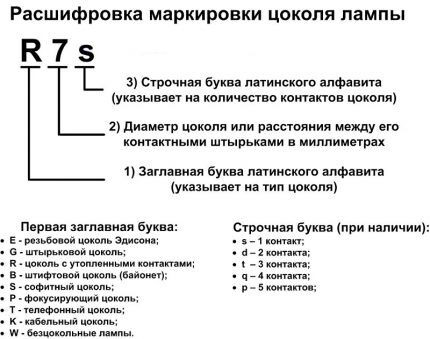
Pin models with the symbol “X” are present in spotlights. Since the flow has a clear direction, they help place the necessary accents in the room. In lamps for special use, models “Y” and “Z” are used.

The inscription E14U means that the screw base has a diameter of 14 mm. The lamp itself is energy saving. Marking BA9 indicates 9mm diameter, round pins placed symmetrically.
How to choose the right base?
Based on this criterion, the choice is quite simple: you need to take into account the parameters of the available lamp.
Manufacturers produce a variety of LED lighting devices. They can replace both incandescent and halogen lamps.
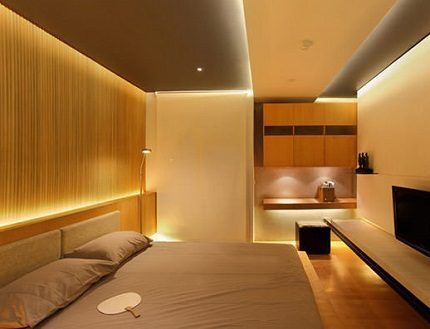
When choosing, you should know some nuances:
- Models with G9 holders are designed for 220 V only.
- If the circuit contains electronic switches and dimmers, you cannot use small lamps with E14 and E27 sockets.
- Since there are many options for pin connector lighting, it can be easy to make mistakes when choosing. For this reason, there is no need to get rid of a burnt-out lamp.
Manufacturers have adapted almost all types of bases to LED light sources. In order for the device to work stably and for a long time, it is necessary to take into account the permissible power for a particular lamp.
So, if the limitation on this parameter is 40 W, then you cannot install an LED lamp rated at 6 W.
Read about additional options for choosing LED lamps in this article.
Conclusions and useful video on the topic
Overview of the main types of base:
Features of choice using Philips LED lamps as an example:
When purchasing LED lamps, you must first look at the base. Its geometry must match the configuration of the cartridge. When lighting fixtures are needed for high-power equipment, technical documentation should serve as a guide.
Are you looking for LED lamps for your home or apartment? Or do you have experience in selecting and successfully using such lamps? Please leave comments on the article, ask questions and participate in discussions. The contact form is located below.




At my house there are only 14 and 27 basements. I never really bothered with variety. As for me, this is enough. They are also the most common.